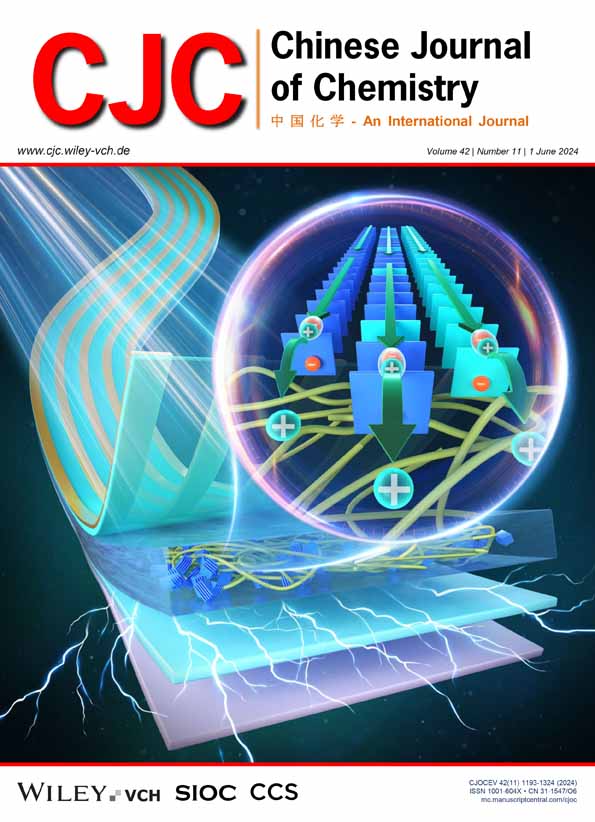DNA Synthesis and Assembly Technologies: From Oligonucleotides to Complete Genomes
Abstract
Comprehensive Summary
DNA synthesis and assembly technology is the fundamental enabling technology of synthetic biology, providing methods for humans to understand and modify organisms. Oligonucleotide chains and long DNA fragments synthesized through DNA synthesis and assembly technology are becoming increasingly widely used in fields such as biomedicine, energy, new materials, and information storage, with strong application prospects. This review provides a comprehensive and systematic introduction and exposition of current DNA synthesis and assembly technologies, discussing current challenges and future research prospects.
Key Scientists
DNA synthesis and assembly technology is a cutting-edge technology for human understanding and modification of living organisms, with wide applications in the fields of biomedicine, energy, new materials, and information storage. In 1962, the Bollum group first proposed that TDT enzyme could be used for the synthesis of DNA oligonucleotide chains. In 1987, the Carruthers group established column-based oligo synthesis. In 1992, the Fodor group established microarray-based oligo synthesis. In 1995, the Stemmer and Crameri groups established PCR based DNA assembly. In 2003, the Knight group proposed BioBricksTM. In 2007, the Elledge group was the first to report sequence and ligation-independent cloning assembly. In 2008, three scientists Hamilton O. Smith, Clyde A. Hutchison III, and J Craig Venter co-established transformation associated recombination technology. In the same year, the Marillonnet group established Gloden Gate technology. In 2009, the Gibson group established Gibson assembly technology. In 2012, the Zhang group established Red/Rec technology. In 2016, the Qin group established Cas9-facilitated homologous recombination assembly. In the same year, the Dai group established Meiotic recombination-mediated assembly. In 2017, the Bader group established switching auxotrophies progressively for integration. The Yuan group established yeast life cycle assembly in 2023 and established haploidization-based DNA assembly and delivery in yeast in 2024. This review systematically introduces the latest research progress in DNA synthesis and assembly technology, providing a reference for subsequent research.

 求助内容:
求助内容: 应助结果提醒方式:
应助结果提醒方式:


